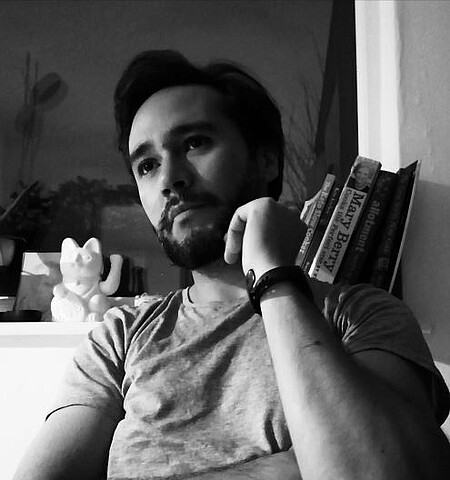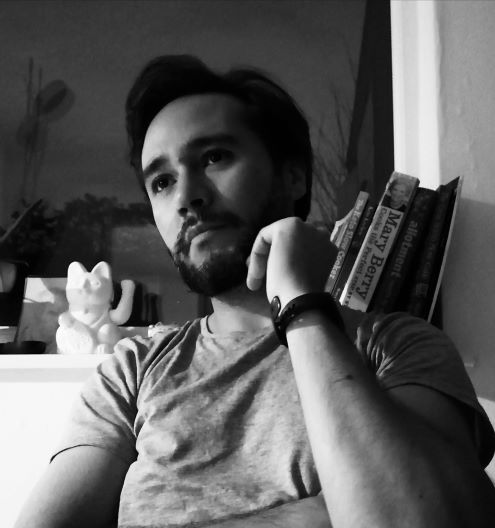Blog
Drei Fragen an: Miguel Gaete Caceres
* * * * *
1. What do you associate with 'romanticism' in general?
When I began researching Romanticism, I associated this cultural phenomenon with dramatic sunsets in front of the stormy ocean, dark forests, cemeteries, and crumbling castles. Likewise, I linked Romanticism with travelling and endless adventures in remote lands. Today, however, apart from these mental pictures, and because of my current investigations, I increasingly think of Romanticism as a much darker movement, strongly linked with colonialism, race-thinking and sciences, particularly outside of Europe.
2. What exactly did you deal with in your master's thesis? How did you deal with the phenomenon of 'romanticism' in your research project?
My current investigation at the University of York in the UK proposes a somewhat different approach to Romanticism. My thesis examines three of German Romanticism's fundamental pictorial topics in Chile: portraits of people, landscape painting, and nature illustrations. It proposes a new interpretation of paintings, drawings, and illustrations by six German Romantic artists and scientists: Johann Moritz Rugendas, Carl Alexander Simon, Otto Grashof, Theodor Ohlsen, Eduard Poeppig and Rudolph Amandus Philippi.
In my research, the analysis of these subjects is connected with the German colonisation of the south of Chile, which started in the mid-nineteenth century, playing a fundamental part in Germans' visual and written representation of the country.
Overall, my investigation seeks to shed new light on the intricate cultural exchanges between Germany and Chile throughout an era obsessed with progress, racial origins, evolution, and the cataloguing of nature. With this, I aim to contribute to a broader understanding of how Romantic explorers, by means of the sciences and arts, forged the image of Chile and South America two centuries ago.
3. In the Graduate School' Model Romance', it is assumed that romance has model-forming qualities. Can you do anything with it?
For the most part, Romanticism was a mutable, indefinable, and contradictory phenomenon that definitely formed a model of understanding the world. In this regard, I am particularly interested in how German Romanticism’s deployment in distant lands changed the way in which Germany, and ultimately Europe, perceived those territories. In the specific case of my research, German Romantic traveller artists in South America, mediated by sciences and a series of postulates about people, landscape and nature, did end up shaping a model, a manner of viewing the Others the upshots of which have affected to millions of people.
Miguel Gaete Caceres ist Doktorand an der University of York. Vom 6. bis 17. Dezember war er zu Gast am Graduiertenkolleg "Modell Romantik.

